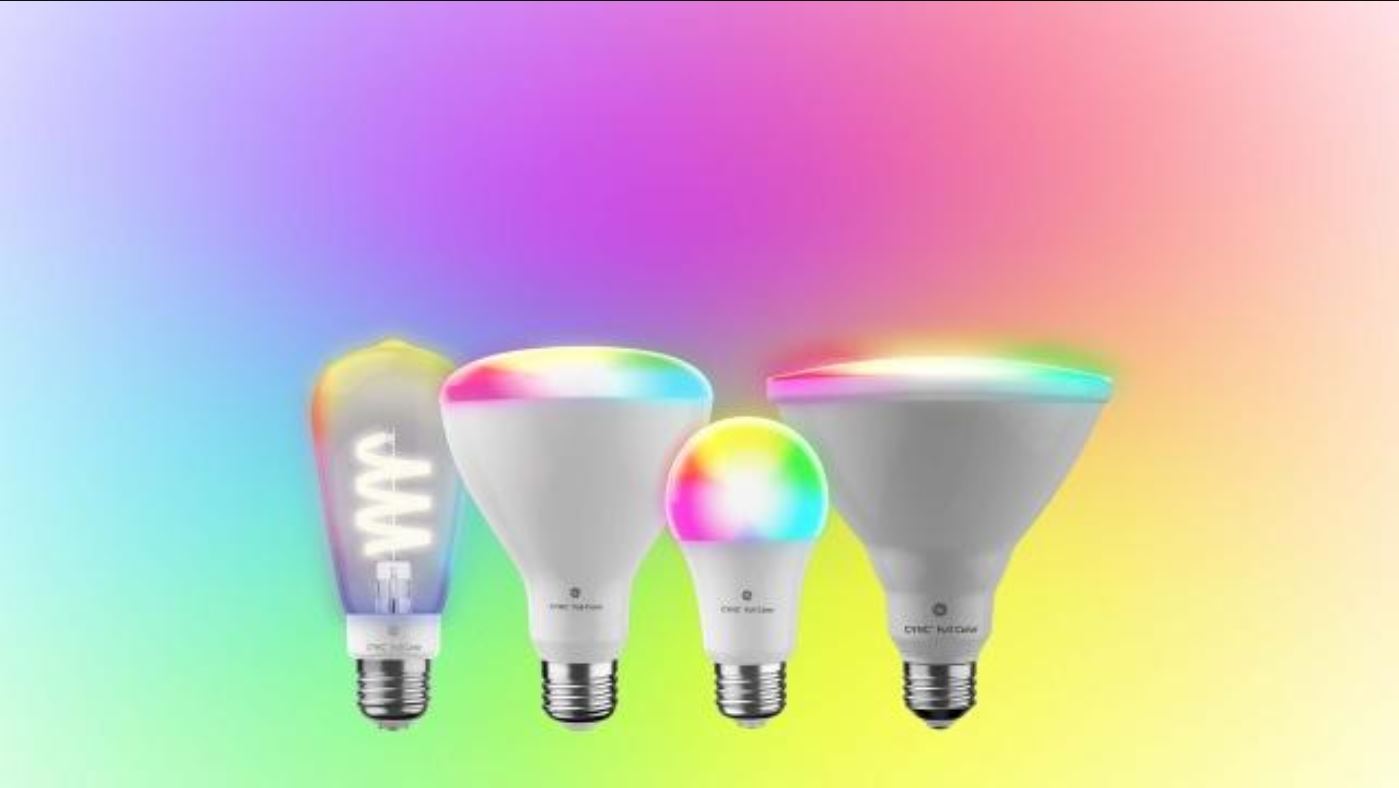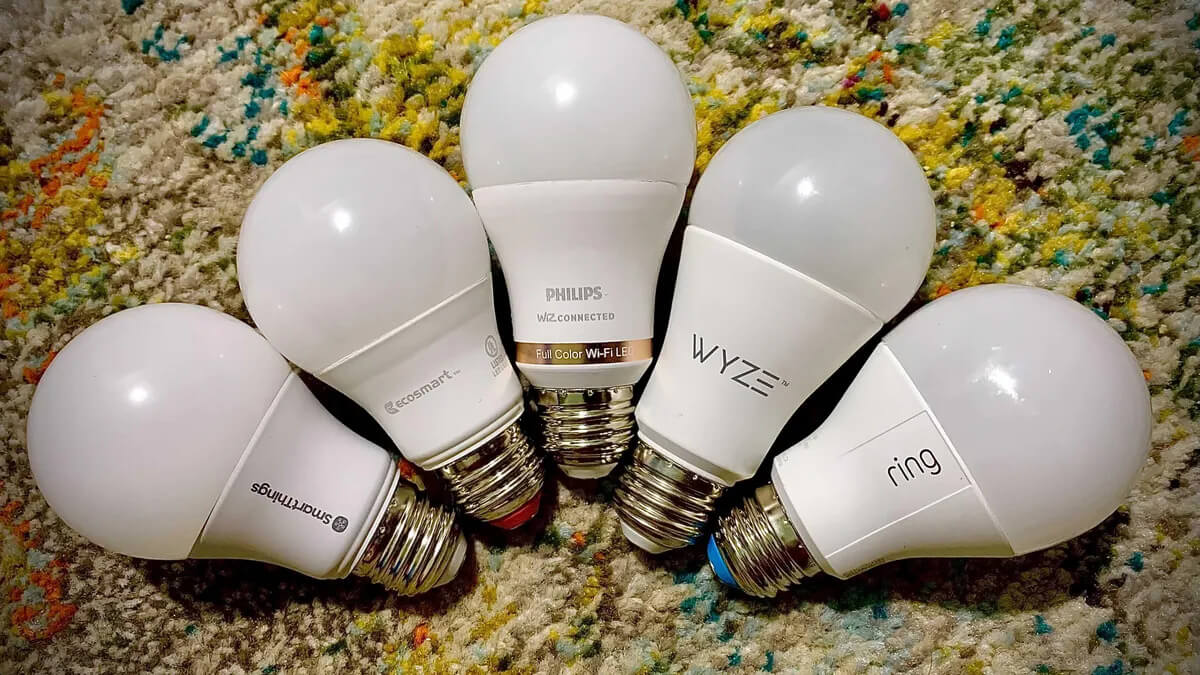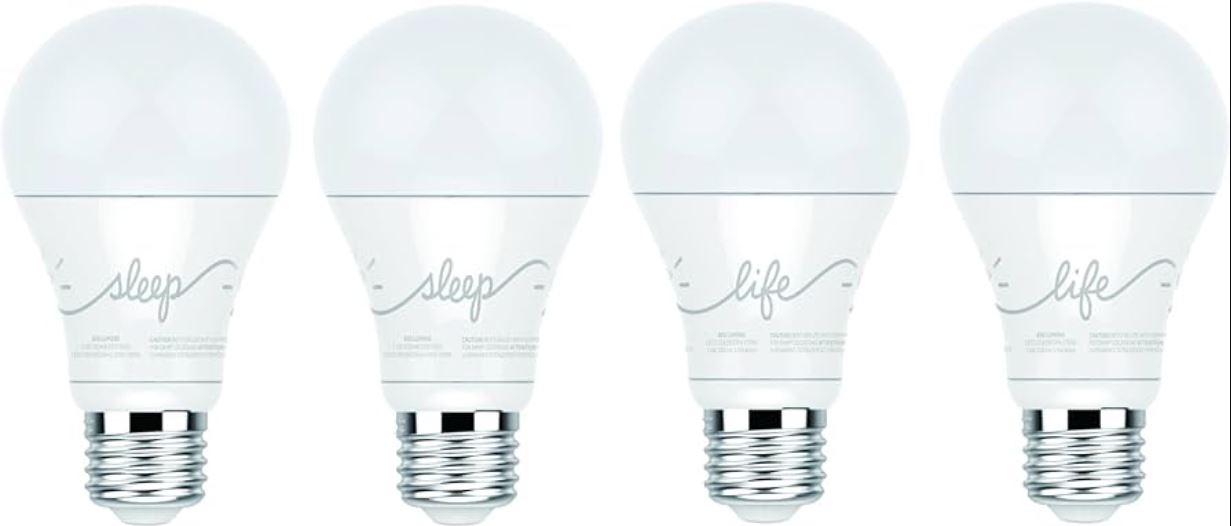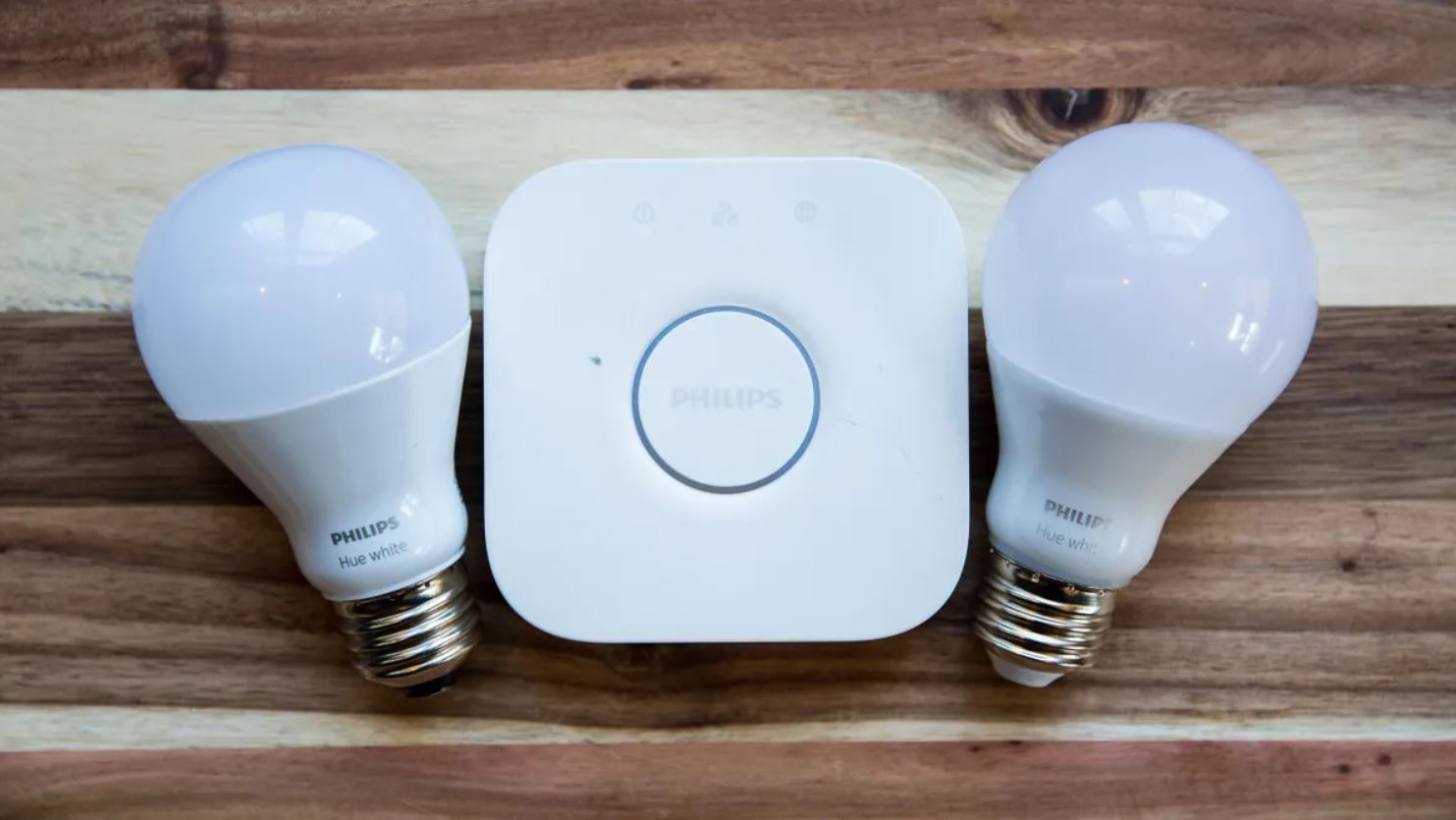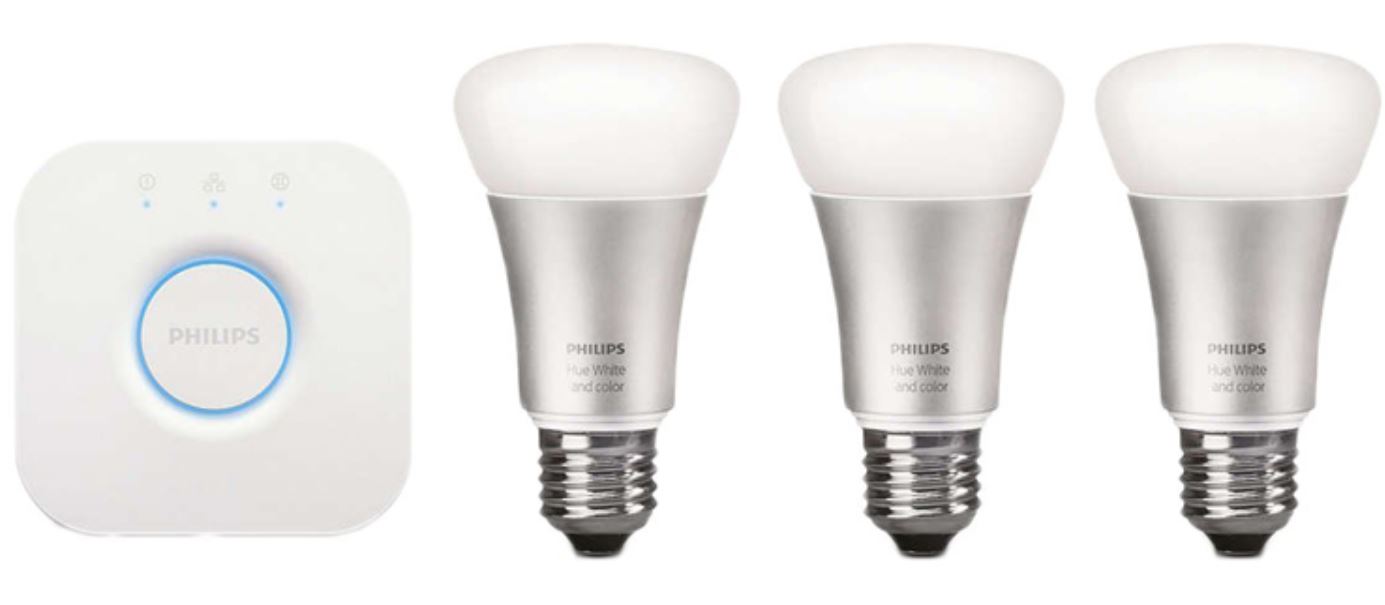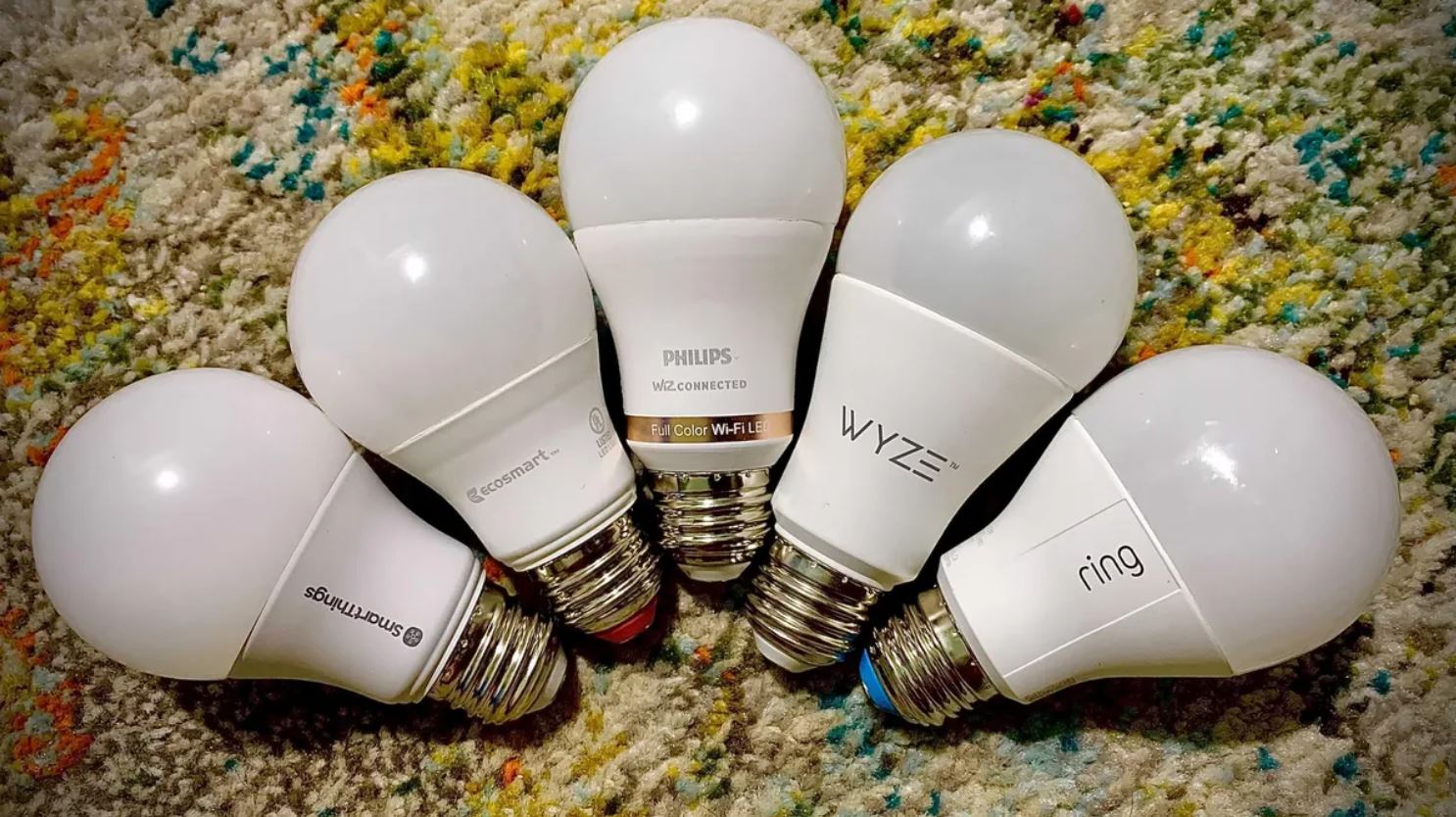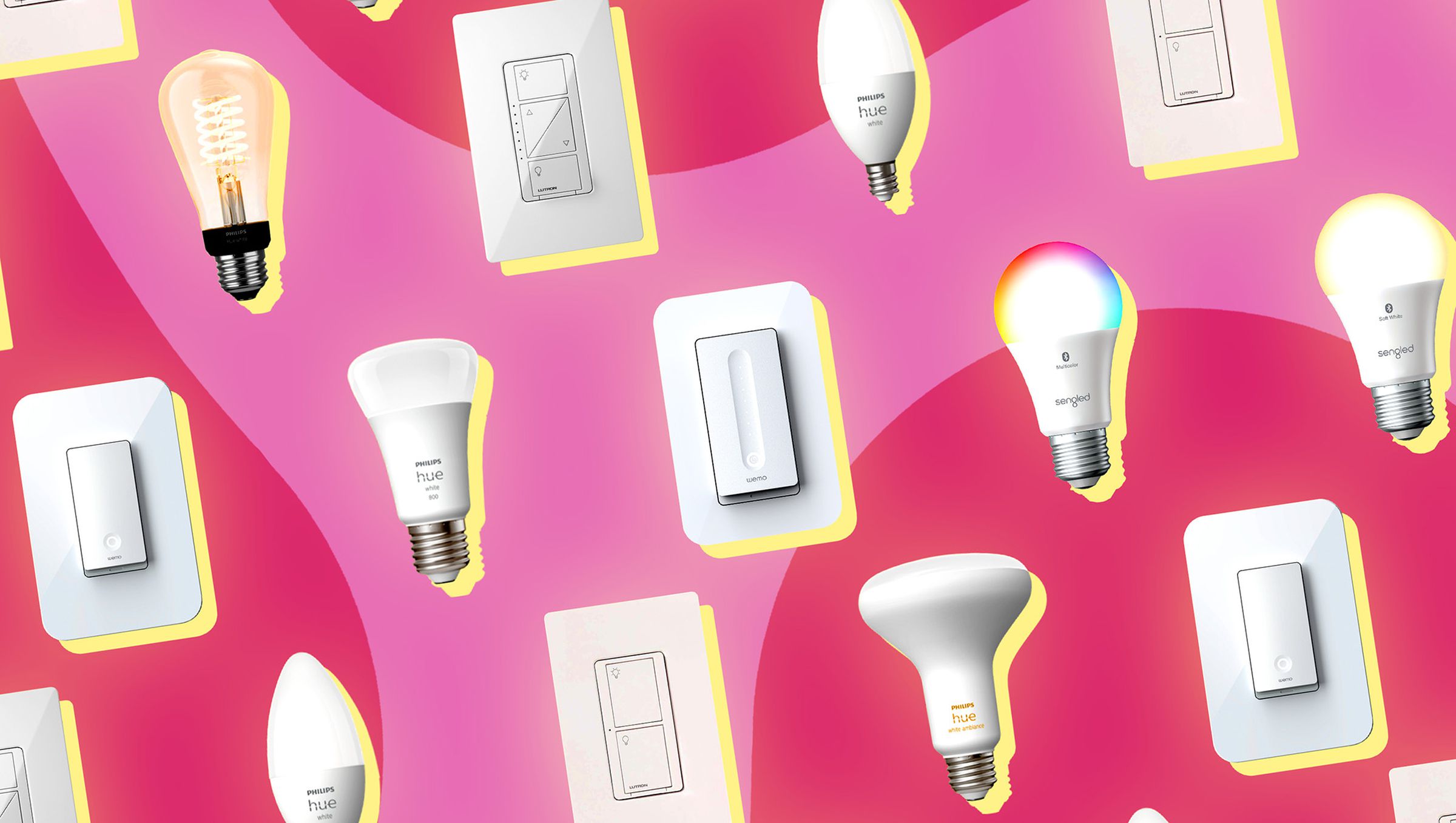Introduction
Welcome to the world of smart lighting! Gone are the days of simply flipping a switch to illuminate a room. With the advent of smart light bulbs, you can now control your lighting with a tap on your smartphone or a voice command to your virtual assistant. But while these smart bulbs offer convenience and customization, you may be wondering how long they will last before needing to be replaced.
The lifespan of smart light bulbs can vary depending on several factors, such as the type of bulb, the brand, and how frequently they are used. It’s important to understand these factors and take measures to prolong their lifespan, ensuring that you get the most value out of your investment.
In this article, we will explore the average lifespan of smart bulbs, the factors that can affect their lifespan, and the steps you can take to maximize their longevity. Whether you’re a tech enthusiast looking to upgrade your home or a homeowner curious about the lifespan of these innovative bulbs, this guide is for you.
So, let’s dive in and shed some light on how long smart light bulbs really last!
The Lifespan of Smart Light Bulbs
The lifespan of smart light bulbs can vary depending on several factors. However, on average, smart bulbs are designed to last anywhere from 15,000 to 25,000 hours. This translates to approximately 15 to 25 years of usage if the bulb is used for an average of 3 hours per day.
Smart bulbs utilize LED (light-emitting diode) technology, which has revolutionized the lighting industry due to its energy efficiency and long lifespan. Unlike traditional incandescent bulbs that emit light by heating a filament, LEDs produce light by passing an electrical current through a semiconductor.
LED technology not only consumes less energy but also generates significantly less heat, resulting in a longer lifespan. This means that smart light bulbs not only save you money on energy bills but also reduce the frequency of bulb replacements.
It’s worth noting that the lifespan of smart bulbs can be affected by factors such as usage patterns, voltage fluctuations, and the quality of the bulb. Continuous or excessive use of smart bulbs can contribute to a shorter lifespan, so it’s important to be mindful of how often you have them turned on.
Additionally, power surges or voltage spikes can impact the lifespan of smart bulbs. Using a surge protector or installing voltage stabilizers can help protect your bulbs from sudden power fluctuations and extend their lifespan.
Furthermore, the quality of the smart bulb plays a vital role in determining its lifespan. Opting for bulbs from reputable brands known for their quality can ensure that you get the most out of your investment. Cheaper, generic bulbs may have a shorter lifespan and may need to be replaced sooner than expected.
By understanding the average lifespan of smart light bulbs and considering these factors, you can make informed decisions when it comes to purchasing and using smart bulbs in your home. In the next section, we’ll explore in more detail the factors that can affect the lifespan of your smart bulbs.
Factors Affecting the Lifespan
While smart light bulbs are designed to have a long lifespan, several factors can impact how long they actually last. By understanding these factors, you can take steps to maximize the longevity of your smart bulbs.
1. Usage Patterns: One of the primary factors affecting the lifespan of smart bulbs is how frequently they are used. The more hours a bulb is in operation, the shorter its lifespan will be. If you have smart bulbs in high-traffic areas or frequently keep them turned on for long durations, they may not last as long as expected. Consider using smart switches or timers to control the usage and give your bulbs some rest to extend their lifespan.
2. Voltage Fluctuations: Power surges or fluctuations in voltage can also impact the lifespan of smart bulbs. Sudden spikes in electrical current can damage the LED components and shorten the bulb’s lifespan. Using surge protectors or voltage stabilizers can help mitigate the risks associated with voltage fluctuations and protect your smart bulbs.
3. Quality of the Bulb: The quality of the smart bulb itself plays a crucial role in determining its lifespan. Opt for bulbs from reputable brands known for their quality and durability. While these bulbs may be slightly more expensive upfront, they are likely to last longer and provide a better overall lighting experience.
4. Operating Conditions: The environment in which the smart bulbs are installed can also affect their lifespan. Extremely hot or humid conditions can cause the LED components to degrade more quickly. Conversely, extremely cold temperatures may impact the performance of the bulbs. Ensure that your smart bulbs are installed in suitable environments to maximize their lifespan.
5. Dimming and Control Methods: Smart bulbs that offer dimming capabilities or are controlled through various automation methods, such as smartphone apps or voice assistants, require additional circuitry. This additional circuitry may generate more heat, potentially shortening the bulb’s lifespan. If you frequently use dimming or advanced control features, be aware that it may slightly impact the longevity of your smart bulbs.
By being mindful of these factors, you can make informed decisions about the usage, installation, and selection of your smart bulbs, ensuring that they last as long as possible. In the next section, we’ll compare the lifespan of LED bulbs to traditional incandescent bulbs.
LED Bulbs vs. Incandescent Bulbs
When it comes to comparing the lifespan of LED bulbs to traditional incandescent bulbs, there’s a clear winner. LED bulbs far outshine incandescent bulbs in terms of longevity.
Incandescent bulbs, which have been used for decades, typically have a lifespan of around 1,000 hours. This means that they need to be replaced more frequently compared to smart bulbs. Additionally, incandescent bulbs are known for their high energy consumption and generate a significant amount of heat, making them less energy-efficient and prone to burning out.
In contrast, LED bulbs, which are the primary technology behind smart bulbs, have a significantly longer lifespan. As mentioned earlier, smart bulbs typically offer a lifespan of 15,000 to 25,000 hours. This means that a single LED bulb can last roughly 15 to 25 times longer than an incandescent bulb.
Besides their longevity, LED bulbs also have other advantages over incandescent bulbs. LED bulbs consume significantly less energy, typically using 75% to 80% less energy than incandescent bulbs, which translates to energy savings and lower electricity bills over time. The energy efficiency of LED bulbs also contributes to their longer lifespan since they generate less heat, reducing wear and tear on the components.
Furthermore, LED bulbs are more durable and resistant to vibrations and shocks compared to incandescent bulbs. This makes them ideal for various applications, including outdoor lighting, where they are exposed to weather conditions and potential physical impact.
In summary, LED bulbs, which are commonly used in smart lighting solutions, offer a much longer lifespan, higher energy efficiency, and greater durability compared to incandescent bulbs. These qualities make LED bulbs the preferred choice for those looking for long-lasting and cost-effective lighting options.
Average Lifespan of Different Smart Bulb Brands
While smart bulbs, in general, have a longer lifespan compared to traditional incandescent bulbs, the specific lifespan of a smart bulb can vary depending on the brand. Let’s explore the average lifespan of some popular smart bulb brands:
- Philips Hue: Philips Hue is known for its high-quality and innovative smart lighting solutions. The average lifespan of Philips Hue smart bulbs ranges from 15,000 to 25,000 hours, depending on the specific model.
- LIFX: LIFX offers a range of smart bulbs known for their vibrant colors and high brightness levels. On average, LIFX smart bulbs have a lifespan of around 20,000 hours, ensuring years of reliable use.
- TP-Link: TP-Link is a well-known brand in the smart home industry, offering a variety of smart devices including smart bulbs. The average lifespan of TP-Link smart bulbs is estimated to be around 15,000 hours, providing long-lasting illumination.
- Sengled: Sengled is another popular brand that offers smart lighting solutions. The average lifespan of Sengled smart bulbs ranges from 15,000 to 25,000 hours, ensuring a reliable and durable lighting experience.
It’s important to note that these are average figures and the actual lifespan of a smart bulb can vary based on individual usage patterns and environmental conditions. It’s always a good idea to refer to the manufacturer’s specifications for precise details regarding the lifespan of a specific smart bulb model.
By choosing reputable brands that prioritize quality and longevity, you can have peace of mind knowing that your smart bulbs will provide reliable lighting for an extended period. Plus, with advancements in technology, smart bulb manufacturers are continuously working to improve the lifespan of their products.
Now that we have explored the average lifespan of different smart bulb brands, let’s move on to the next section to discover effective ways to prolong the lifespan of your smart bulbs.
Prolonging the Lifespan of Smart Bulbs
If you want to maximize the lifespan of your smart bulbs and get the most value out of your investment, there are several steps you can take to prolong their longevity:
- Proper Usage: Be mindful of how frequently you use your smart bulbs. Continuous or excessive use can contribute to a shorter lifespan. Consider using smart switches or timers to control the usage and give your bulbs some rest.
- Monitor Voltage: Voltage fluctuations, such as power surges, can impact the lifespan of smart bulbs. Install surge protectors or voltage stabilizers to protect your bulbs from sudden power fluctuations and extend their lifespan.
- Cooling and Ventilation: Smart bulbs generate heat, which can affect their lifespan. Ensure that your bulbs have proper ventilation and are not placed in enclosed fixtures or areas with limited airflow. This will allow the heat to dissipate more effectively and prevent overheating.
- Follow Manufacturer’s Guidelines: Each smart bulb brand may have specific recommendations for installation, usage, and maintenance. Follow these guidelines to ensure the optimal performance and longevity of your bulbs. Ignoring these instructions may void any warranty and reduce the lifespan of the bulbs.
- Keep Firmware Updated: Manufacturers may release firmware updates to improve the performance and efficiency of their smart bulbs. Regularly check for updates and install them to ensure that your bulbs are operating at their best, potentially extending their lifespan.
- Handle with Care: When installing or handling smart bulbs, be gentle to avoid damaging the internal components. Rough handling can cause premature failure and reduce their lifespan.
- Environment: Ensure that your smart bulbs are installed in suitable environments. Extreme temperatures, excessive humidity, or exposure to moisture can impact their lifespan. Install them in areas with moderate temperatures and proper ventilation to optimize their longevity.
By following these tips, you can significantly extend the lifespan of your smart bulbs. Not only will this save you money in the long run by reducing replacement costs, but it will also ensure a consistent and enjoyable lighting experience in your smart home.
Next, let’s explore the signs that indicate it may be time to replace your smart bulbs.
Signs It’s Time to Replace Your Smart Bulbs
While smart bulbs are designed to have a long lifespan, there will come a time when they need to be replaced. Here are some signs that indicate it’s time to replace your smart bulbs:
- Dimming Light Output: If your smart bulb is not emitting the same brightness as it used to, it may be a sign that it is reaching the end of its lifespan. Gradual dimming of the light output is a common indication that the LED components are degrading and the bulb is nearing the point of failure.
- Flickering or Inconsistent Lighting: If you notice your smart bulb flickering or experiencing inconsistent lighting behavior, it may be a sign of a faulty bulb. This could be due to wear and tear on the internal components or a loose connection. In such cases, replacing the bulb is often the best solution.
- Color Shift: Smart bulbs that offer color-changing capabilities may experience color shifting over time. If you notice a significant change in the bulb’s ability to maintain accurate and vibrant colors, it may be time to replace the bulb.
- Unresponsive or Malfunctioning: If your smart bulb becomes unresponsive, doesn’t connect properly to your smart home system, or exhibits frequent malfunctions, it may be an indication of a faulty bulb. While troubleshooting can help in some cases, if the issues persist, it’s best to replace the bulb.
- Exceeded Lifespan: Smart bulbs have an expected lifespan specified by the manufacturer. If your bulb has surpassed its estimated lifespan, it’s a clear sign that it’s time to replace it. Continuing to use a bulb beyond its intended lifespan may result in reduced performance and potential failure.
It’s important to note that these signs may vary depending on the specific brand and model of your smart bulbs. Refer to the manufacturer’s guidelines and specifications for more accurate information regarding the lifespan and signs of replacement for your particular smart bulbs.
By recognizing these signs, you can stay proactive in maintaining the performance and functionality of your smart lighting system. Regularly monitoring the condition of your bulbs and replacing them when necessary will ensure that you always have reliable and high-quality illumination throughout your home.
Now that we’ve explored the signs indicating it may be time to replace your smart bulbs, let’s conclude and recap the key points discussed in this article.
Conclusion
Smart light bulbs offer a convenient and customizable lighting solution for your home. Understanding the lifespan of these bulbs and the factors that can affect their longevity is essential for making informed decisions and maximizing their value.
On average, smart bulbs can last between 15,000 to 25,000 hours, thanks to the energy-efficient LED technology they utilize. Factors such as usage patterns, voltage fluctuations, and bulb quality can impact their lifespan. Taking steps to use them properly, protect them from power surges, and choose reputable brands can significantly extend their lifespan.
Comparing smart bulbs to traditional incandescent bulbs, it’s clear that LED bulbs offer a much longer lifespan, energy efficiency, and durability. Opting for LED-based smart bulbs ensures that you benefit from long-lasting illumination, reduced energy consumption, and minimal maintenance needs.
Different smart bulb brands, such as Philips Hue, LIFX, TP-Link, and Sengled, offer bulbs with varying lifespan ranges. Choosing reliable brands known for their quality can provide peace of mind and help you get the most out of your investment.
To prolong the lifespan of your smart bulbs, consider factors such as usage patterns, voltage stability, cooling and ventilation, following manufacturer’s guidelines, keeping firmware updated, and handling them with care. By doing so, you can enhance their longevity and avoid premature failures.
Recognizing signs such as dimming light output, flickering, inconsistent lighting, color shifting, and malfunctions indicates it’s time to replace your smart bulbs. Regularly monitoring their performance and replacing them when necessary ensures reliable and optimal lighting throughout your home.
Smart bulbs are not only a convenient and customizable lighting option but also a long-term investment. By making informed decisions, taking proper care, and being proactive, you can enjoy the benefits of smart lighting while maximizing the lifespan of your bulbs.









